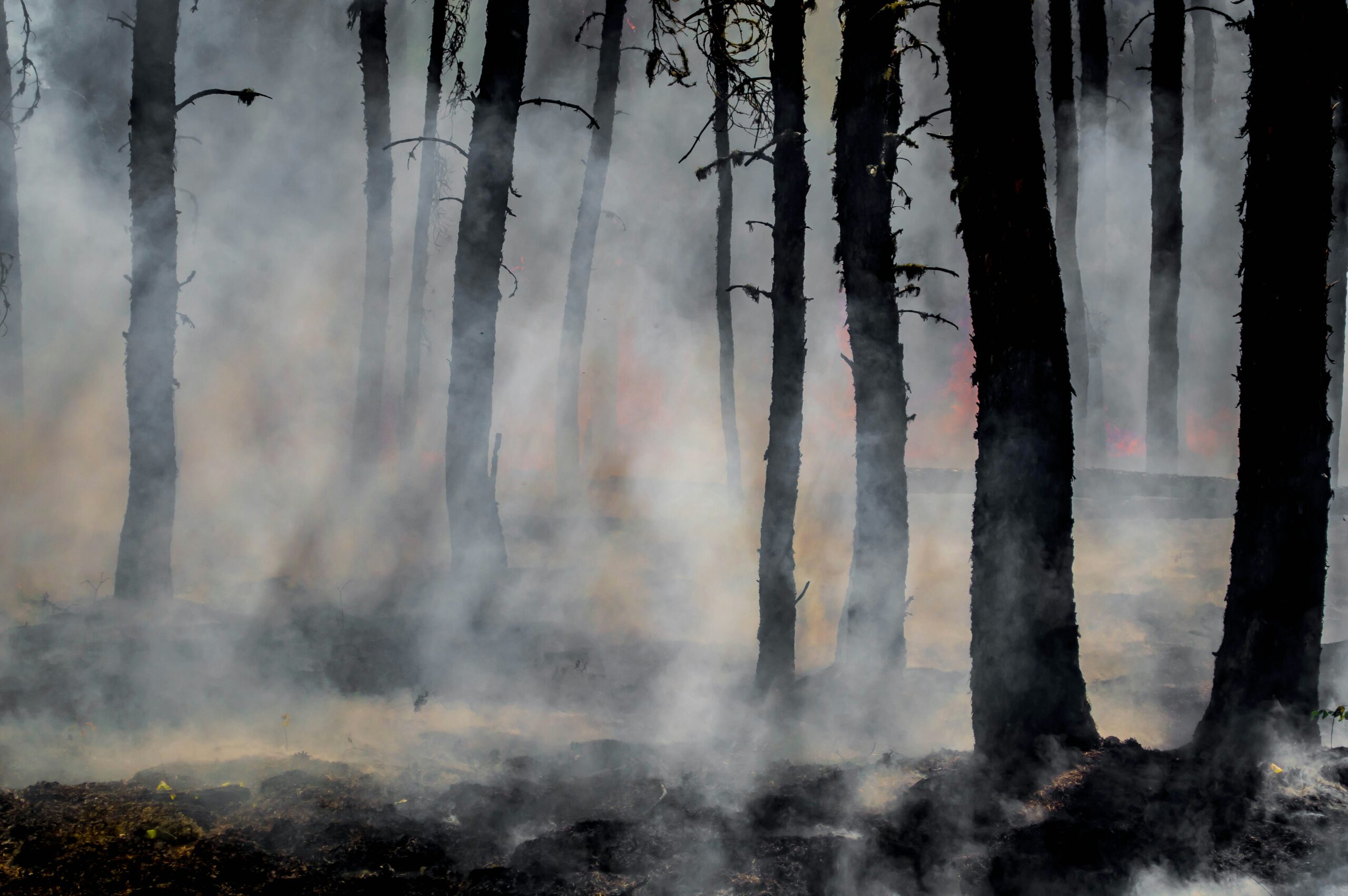From theory to practice: Disaster philanthropy and wildfire

From my earliest days at the Center for Disaster Philanthropy (CDP), I have had the privilege of getting to know Greg Witkowski and multiple cohorts of his students through the “Disaster and Community: Philanthropic and Nonprofit Engagement” graduate course Greg teaches at Columbia University’s School of Professional Studies.
At the completion of each course, we provide an opportunity for students to turn what they have learned into content for CDP’s audience. This year, we are pleased to share a paper written about wildfire relief and recovery. This blog post, the second in a three-part series, includes dialogue between me and Greg about our collaboration and reflections on a well-researched and thoughtful paper. Please check out the first post about tornadoes.
Austin: Why is disaster education so important now more than ever?
Greg: As an educator of future nonprofit professionals, I teach about how nonprofits are often on the frontlines of meeting community needs when a disaster strikes. With an increase in the frequency and intensity of natural hazards, nonprofits will be asked to do more, and nonprofit professionals should prepare their organizations to respond to disasters. This preparation can include strengthening community ties and social capital, which nonprofit organizations already foster. It also means recognizing that communities struck by natural hazards will continue to have needs long after the disaster leaves the headlines. I developed, as far as I know, the first university course that focused on the role of philanthropic giving and nonprofit organizations in disaster response, because nonprofit professionals need to be aware of the full array of dangers natural hazards pose in order to meliorate them.
Austin: What insights do you hope funders would come away with related to wildfires?
Greg: I hope funders recognize the centrality of the home is important both before and after wildfires. Funders can support community education for homeowners about the risks of wildfires and the need to evacuate quickly. The paper discusses preparedness and warnings, which are so important because when a wildfire spreads quickly, it can outpace the ability of people to escape its blaze. Homes are normally places of safety and value to people; they do not want to leave them even under the threat of a fire. But they need to do so in order to protect their own lives and to keep firefighters from having to perform rescue missions.
In addition, funders can help with the recovery by supporting housing by providing shelter, rent or mortgage assistance. After a wildfire, finding stable housing is essential for any return to normalcy. Because wildfires destroy housing stock, like many natural hazards, they lead to an increase in housing costs, which exacerbates social inequality. An equity lens can help ensure that all are able to re-establish a home.
Reflections on the wildfire paper
The paper “Relief and Recovery: Nonprofit and Philanthropic Responses to Global Wildfires,” written by Kyra Webb Cuadrado (lead author) and Yutong Wei, provides an overview of this natural hazard, how communities are affected and the role of philanthropy in supporting equitable recovery.
In communities around the world, including the American West, wildfire risk is a significant and growing concern. In our monitoring of disasters at CDP, we see the persistence of wildfires and the impact this natural hazard has on people and the environment. For example, this summer, the Park Fire outside Chico, California, became the fourth-largest wildfire in the state’s history and damaged at least 51 homes.
A primary theme of the paper is the long-term implications when a wildfire becomes a disaster. In the hours or days following the start of a fire, the vibrant flames and charred landscapes that often result provide dramatic images that media outlets and social media users are eager to share. However, there are significant and long-term needs that require attention and investment after the public’s interest has diminished.
The authors discuss the immediate and long-term health impacts of fire and smoke, the importance of affordable housing during rebuilding processes that can take years, the persistent mental health impacts and the need for greater investment in preparedness to reduce wildfire risk.
The paper includes practical examples of long-term focus and funder actions that will benefit philanthropic organizations interested in learning from peers’ experiences. I was particularly pleased to see the authors’ recognition of the role of Indigenous knowledge and an example of philanthropic investment in a multi-tribal advisory coalition.
This month, the one-year mark of the devastating fires on Maui has weighed on the minds and hearts of the staff at CDP. The authors demonstrate their awareness of critical current events by including references to the Hawai’i Community Foundation’s Maui Strong Fund and the ongoing recovery on the island. The paper rightly emphasizes the important role that placed-based funders play in wildfire recovery.
CDP’s domestic grantmaking team remains focused on supporting long-term recovery on Maui and recently announced new grants addressing food security and affordable housing in wildfire-affected Lahaina. If you would like to support wildfire recovery in Hawai’i, consider making a contribution to CDP’s Hawaii Wildfires Recovery Fund.
This paper is concise while remaining thorough, and I know funders will benefit from the authors’ work. Thank you, Kyra and Yutong, for sharing your work with the disaster philanthropy community.
More like this

